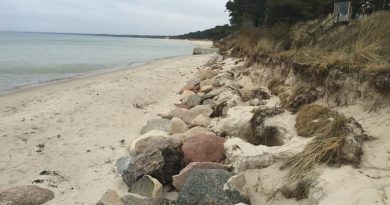Boating deaths, injuries in Canada’s Northwest Territories an ‘urgent public health issue,’ researcher says
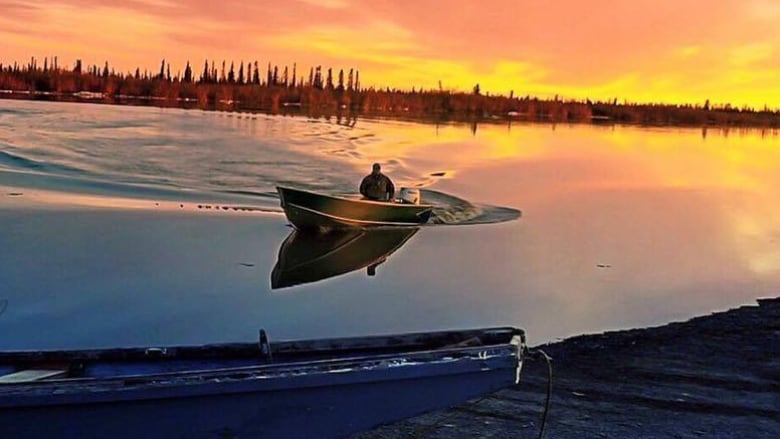
A researcher whose recent work centred on boating safety in N.W.T.’s Fort Simpson, Deline and Inuvik (Canadian central Arctic), says boating-related injuries and deaths in the territory are an “urgent public health issue.”
“Injury prevention in the North needs more resources,” said Audrey Giles, a professor at the University of Ottawa and one of the authors of a study published Friday in the journal Health Promotion International.
“This is really, I would argue, an urgent public health issue.”
The study states that drowning, one of the leading causes of unintentional injury in the world, is “vastly neglected” in public health — especially in Canada’s North. The study looked at how those injuries can be further prevented through the lens of Indigenous hunters and boaters.
“I was really startled by the statistics — how there were an overwhelming number of males who were dying, and how there’s really no programs targeted at them,” said Giles, who’s been looking at water safety in the North for decades.
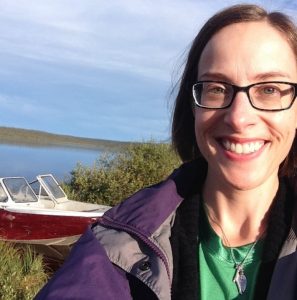
According to a Canadian Red Cross Society report looking at 20 years of data between 1991 and 2010, rates of boating fatalities in the North are between six and 16 times the national average. The N.W.T. had the highest rate in Canada at 9.6 per 100,000 people, compared to the national rate of 0.6.
Drowning was the third leading cause of death in the Beaufort-Delta region, accounting for 14 per cent of injury deaths between 2000 and 2009, states the study.
“What concerns me is that this has been a persistent problem, and when I’ve tried to talk to national organizations about having more specific curricula for groups in the North particularly — I’ve been met with resistance,” said Giles.
“To me, when you have a public health issue that is really disproportionately high in one area … you have to address it where it’s the worst.”
Giles pointed out flaws with northerners following the national safety standard —like Transport Canada’s pre-departure checklist, which lists lights.
“Well lights aren’t that important when you have 24-hour daylight,” Giles said, adding that realities of boating in the North vastly differs from the South where it’s often recreational.
Giles said the study aimed to “bridge the gap” where boating-safety education is catered to northerners by northerners.
Deline wants app, Inuvik wants poster campaign
Researchers, along with two Indigenous research assistants from Inuvik, conducted interviews and focus groups with local men with boating experience who were of Gwich’in and Inuvialuit descent starting in 2015.
Through that, locals identified how they wanted to convey safety messaging to their own communities.
Giles said even between Deline, Fort Simpson and Inuvik, the priorities and needs were different.
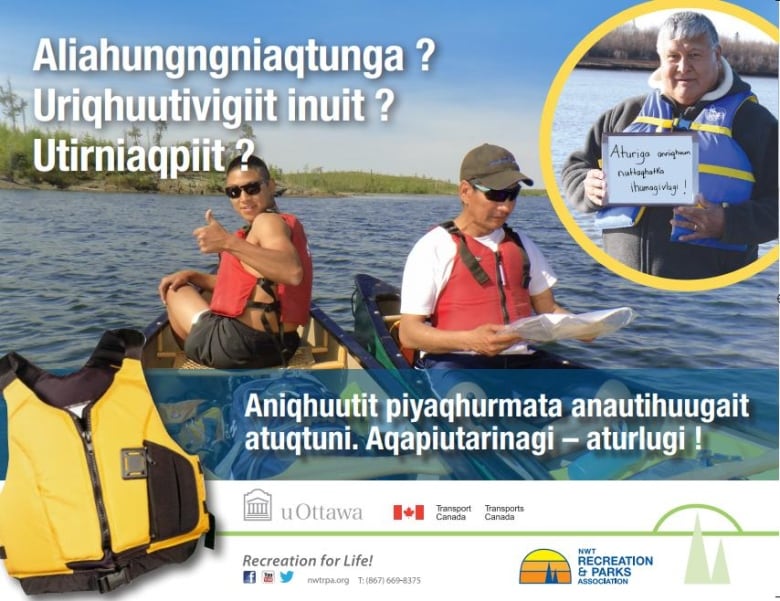
“Inuvik wanted a poster campaign, whereas in Deline — they wanted a boating safety app,” said Giles. Fort Simpson and Deline also asked for a northern version of Transport Canada’s safety training course to obtain the Pleasure Craft Operator Card.
“But all of them felt that current programs did not reflect their culture.”
So Inuvik created posters in the Inuvialuktun and Gwich’in languages — with well-known community member Gerry Kisoun’s photo, encouraging life jacket usage.
Giles said it’s hard to determine whether these efforts helped reduce boating injuries and deaths statistically — but the study has helped gather local knowledge, continued the conversation around boating safety and built on it.
This was one of the first initiatives to find community-centred solutions for water safety, said Giles.
“Taking a territory-wide approach might not always be the best approach.”
The study was funded by Transport Canada, and was in partnership with NWT Recreation and Parks Association.
‘Culturally we didn’t have life jackets’
Kylik Kisoun Taylor, the owner of Tundra North Tours based in Inuvik, was one of the participants in the study a few years ago.
“It’s personal to me for sure,” said Kisoun Taylor, who’s spent his whole life on the water. “I’ve had family drowned with a boat that had ample life jackets and safety gear, and they just decided to sit on the life jackets instead of wearing them.”
He’s noticed some improvement since the Inuvik poster campaign, but says he’s still seeing Indigenous hunters out without safety gear.
“They’re definitely not wearing them while they’re boating — the majority of people I’ve been seeing.”
Kisoun Taylor says he notices people wearing life jackets typically after a boating tragedy.
“And then after that they just kind of revert back,” he said. “Because there’s really no repercussions right. I’ve never been checked … I’ve never heard of anybody else being checked.”
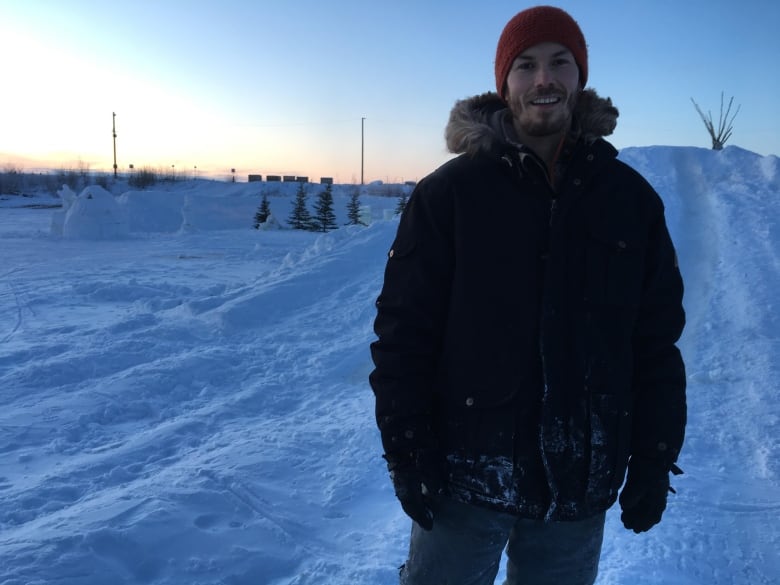
Kisoun Taylor, who grew up in Ontario, said police were out enforcing water safety “all the time.” But that’s not the case in the N.W.T., he said.
“Culturally we didn’t have life jackets,” added Kisoun Taylor. “We’re not taught at a young age to wear them.”
And Indigenous men, who are the most vulnerable to boating injuries in the territory, aren’t as safety conscious, he said.
Kisoun Taylor suggests more programs to help provide hunters and trappers — who may not have much disposable income — with appropriate safety gear like communication devices and life jackets.
Giles said her team received a grant to visit Paulatuk, Ulukhaktok, Aklavik, Sachs Harbour, and Tuktoyaktuk next summer. Her team will help community members implement boating safety and cold-water survival training, as well as purchasing safety equipment the communities need.
Related stories from around the North:
Canada: Why water safety programs aren’t working in the Arctic, Eye on the Arctic
Finland: Accidents, suicide most common cause of children’s deaths in Finland, Yle News
Sweden: Sweden to mandate helmets for snowmobile drivers, Radio Sweden

